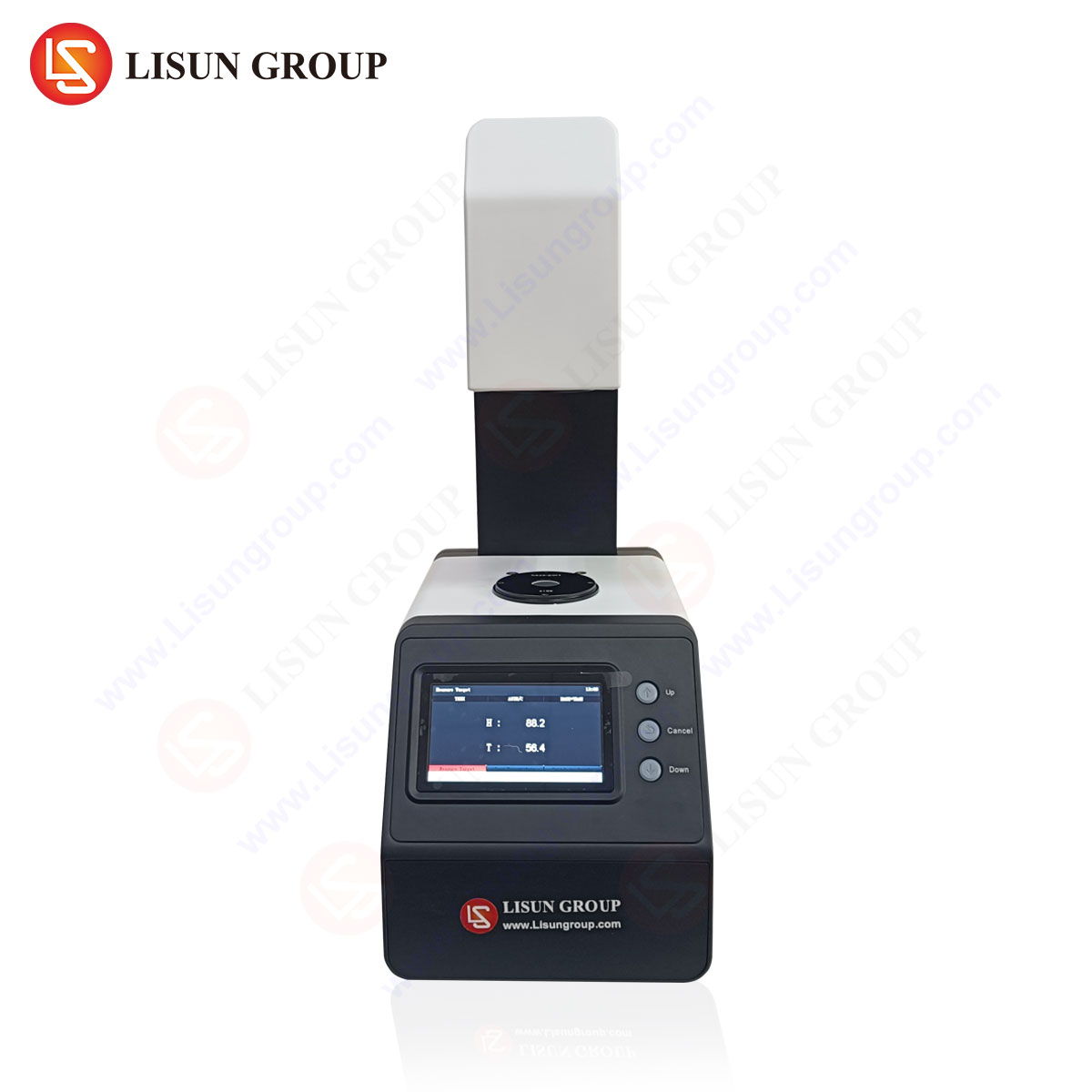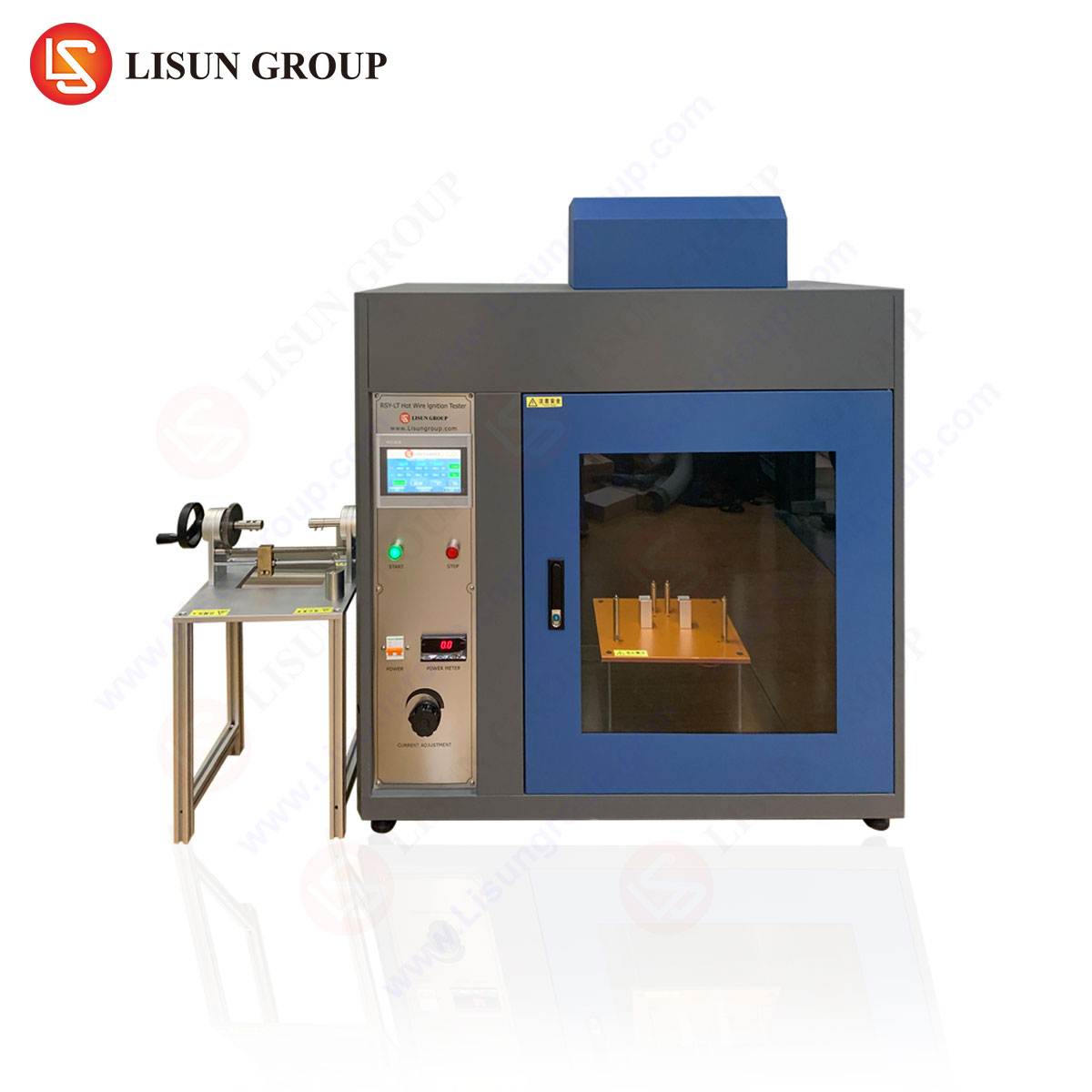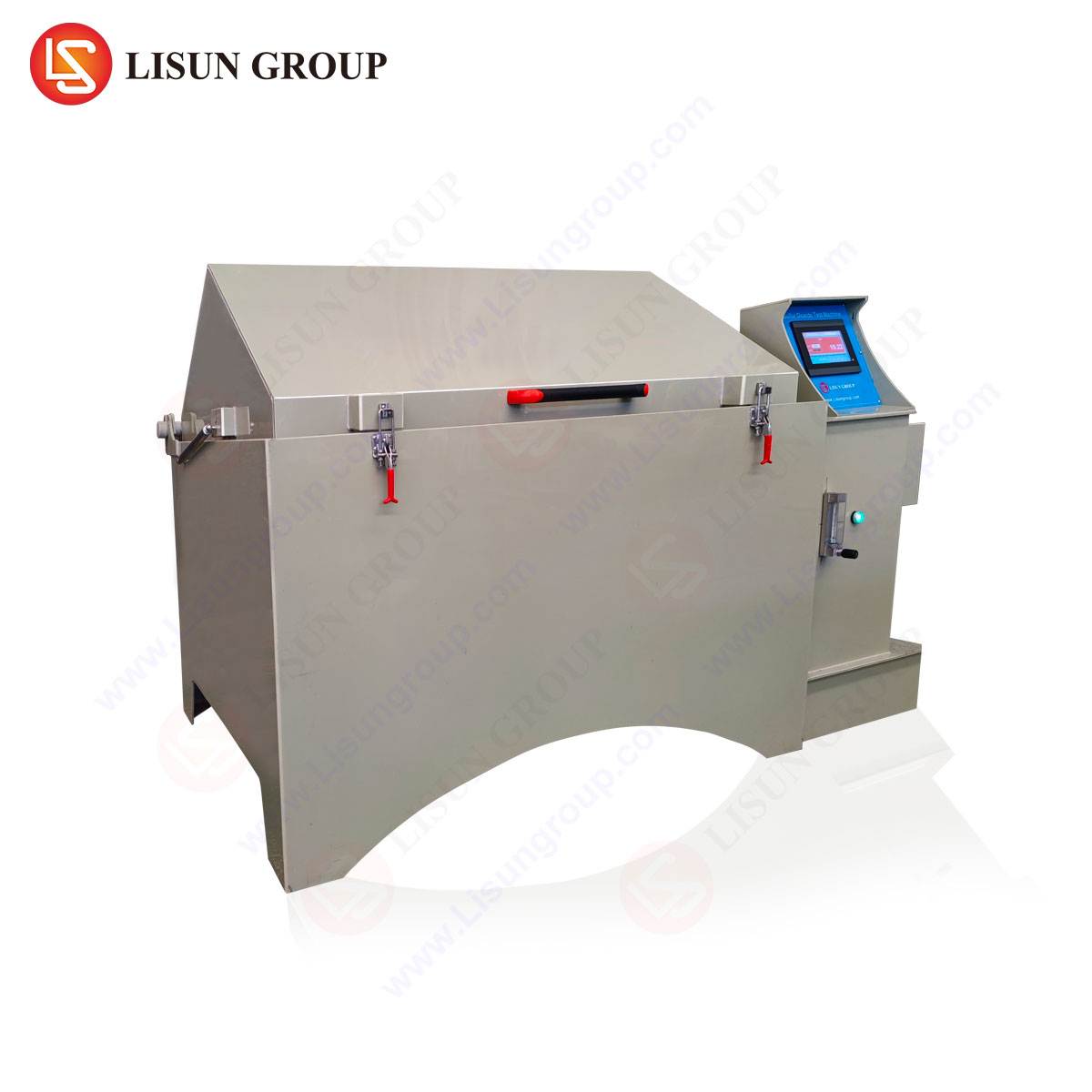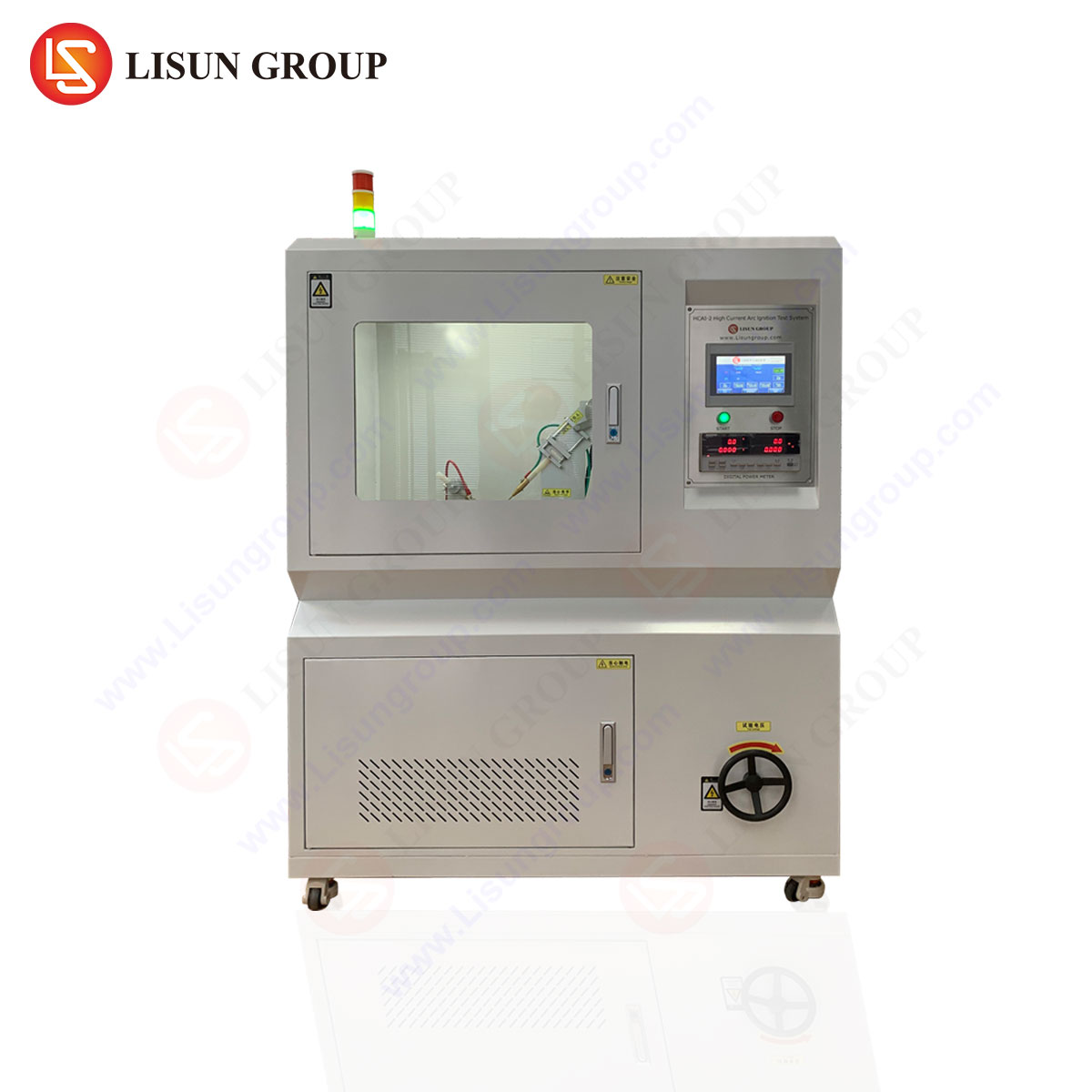An Analytical Examination of Package Drop Testing Under ASTM Standards
Introduction to Mechanical Shock Testing in Product Distribution
The global supply chain subjects products to a complex and often severe mechanical environment. Among the most significant hazards encountered during handling, transportation, and storage is the accidental drop. The resultant shock impulses can induce catastrophic failure modes, including fractured casings, dislodged components, cracked printed circuit boards (PCBs), and compromised electrical connections. To mitigate these risks and ensure product integrity upon arrival at its destination, the engineering discipline of package drop testing has been developed. This form of accelerated life testing simulates the shocks of a distribution environment in a controlled, repeatable, and quantifiable laboratory setting. The American Society for Testing and Materials (ASTM) International provides a comprehensive framework of standards that govern these procedures, establishing a universal language for manufacturers, packaging engineers, and testing laboratories. Adherence to these standards is not merely a best practice; it is a critical component of product development, quality assurance, and risk management across a vast spectrum of industries.
The Foundational Principles of ASTM D5276 and D5487
Two primary ASTM standards form the cornerstone of procedural drop testing: ASTM D5276 – Standard Test Method for Drop Test of Loaded Containers by Free Fall and ASTM D5487 – Standard Test Method for Simulated Drop of Loaded Containers by Shock Machines. While both aim to evaluate the protective capacity of shipping containers, their methodologies differ significantly.
ASTM D5276 employs the classic free-fall method, wherein a test package is physically raised to a predetermined height and released to fall freely onto a rigid impact surface, such as a thick steel or concrete plate. This method is highly effective for validating the performance of a complete packaged-product system, including the outer shipping container, interior cushioning, and blocking and bracing materials. It directly replicates the real-world drop event. However, its limitations include potential variability in the orientation at impact, the challenge of testing very large or heavy items, and safety concerns.
Conversely, ASTM D5487 utilizes a programmed shock test machine, often a shock tower or a pneumatic shock tester, to simulate the shock pulse of a drop event. The packaged product is affixed to a tabletop, which is then propelled downward to impact a programmed shock pulse programmer (typically lead or foam). This machine-generated impact replicates the acceleration-time pulse (G-level and duration) that the product would experience in a free-fall drop. The advantages of this method are profound: exceptional repeatability and precision, the ability to test extremely heavy or awkward items safely, and the capacity to control the shock pulse’s waveform, duration, and amplitude with a high degree of accuracy. This allows for a more analytical approach to evaluating a product’s fragility.
Defining Critical Test Parameters: Height, Orientation, and Sequence
The execution of a compliant ASTM drop test is not a singular event but a carefully orchestrated series of drops defined by a test plan. This plan is derived from a combination of the relevant ASTM standard, knowledge of the distribution environment, and the product’s known or suspected fragility. Key parameters must be explicitly defined prior to testing.
The drop height is the most critical variable. It is typically determined by the packaged product’s gross weight, as outlined in standards like ASTM D4169 (Standard Practice for Performance Testing of Shipping Containers and Systems). Lighter packages are assumed to be handled more frequently and with less care, warranting a higher drop height (e.g., 30-36 inches for packages under 20 lbs), while heavier packages are assigned lower drop heights (e.g., 6-8 inches for packages over 200 lbs). The orientation of the drop is equally vital. A test sequence must specify the order in which the package’s faces, edges, and corners are impacted. Corners typically absorb the highest concentration of stress, followed by edges and then faces. A common sequence might be: 1-2-3 (bottom face, then a adjacent bottom edge, then a corner shared by those two surfaces). Each drop orientation probes a different structural weakness in both the package and the product within.
Instrumentation and Data Acquisition in Shock Pulse Analysis
While a simple “pass/fail” visual inspection after a drop test provides basic data, a truly engineering-grade evaluation requires comprehensive data acquisition. This involves mounting a tri-axial accelerometer onto the product itself or a critical internal component. This sensor measures the acceleration (in G-forces) experienced by the product in three orthogonal axes (X, Y, Z) during the millisecond-long impact event.
The resulting data is a shock response spectrum (SRS), a graphical representation of the shock’s severity across a range of frequencies. This data is invaluable for several reasons. It quantifies the exact G-levels transmitted through the cushioning to the product, allowing engineers to compare these values to the product’s known fragility level (its ability to withstand a certain G-level). It identifies the resonant frequencies of the product and its internal assemblies, which, if excited by the shock pulse, can lead to amplified stresses and failures. This quantitative analysis moves testing from a qualitative assessment of physical damage to a predictive engineering tool for designing more robust products and optimizing protective packaging, ultimately reducing material usage and cost.
The Role of the LISUN DT-60KG Drop Tester in Standards Compliance
To execute these precise and repeatable tests, laboratories rely on specialized equipment designed to meet the rigorous demands of ASTM standards. The LISUN DT-60KG Drop Tester is an engineered solution for performing free-fall drop tests per ASTM D5276 and related international standards (e.g., ISTA, IEC). This electromechanical system is designed to handle packages with a maximum mass of 60 kilograms, accommodating a wide range of consumer and industrial products.
The core testing principle of the DT-60KG involves a electromechanical release mechanism that securely grips the test specimen. The package is mounted onto a drop platform, which is then hoisted vertically to a user-defined height, calibrated and verified via a integrated scale. The release mechanism is designed to ensure a clean, non-pivoting, and instantaneous release upon command, guaranteeing that the specified drop orientation is maintained throughout the free fall onto the rigid impact surface below. This eliminates the human error inherent in manual dropping, ensuring the repeatability and reproducibility mandated by ASTM protocols. Its robust construction, featuring a steel base and guide columns, ensures stability and safety during high-energy impacts.
Specifications of the LISUN DT-60KG Drop Tester:
- Max Test Load: 60 kg
- Drop Height Range: 300 – 1500 mm (adjustable)
- Height Calibration: Precision scale indicator
- Drop Platform: Electromechanical release mechanism
- Impact Surface: Solid steel or concrete base
- Lift System: Electric motor drive
- Control System: PLC with HMI (Human-Machine Interface) for setting parameters
- Safety Features: Emergency stop, protective guarding
Cross-Industry Applications for Product Validation
The application of ASTM-compliant drop testing is ubiquitous in manufacturing. Its purpose extends beyond simple shipping validation to encompass fundamental product durability and reliability engineering.
In Consumer Electronics and Telecommunications Equipment (e.g., smartphones, routers, laptops), testing validates the resilience of solder joints, LCD screens, and internal structural frames. A device must survive repeated corner and face drops from heights simulating being knocked off a table or desk. For Automotive Electronics (e.g., engine control units, infotainment systems) and Aerospace and Aviation Components, testing is critical to ensure functionality remains intact after the shocks of installation and operation within a vehicle. Medical Devices, both portable and stationary, must maintain absolute integrity; a drop could compromise sensitive diagnostic components or critical safety housings. Lighting Fixtures, particularly large LED luminaires with fragile heat sinks and glass components, require validation to prevent failure after installation drops. Electrical Components such as circuit breakers, switches, and sockets are tested to ensure internal mechanisms do not warp or disconnect, which could create a fire hazard. Even Household Appliances like robotic vacuums or smart home hubs undergo drop testing to ensure consumer durability expectations are met.
Correlating Test Outcomes to Product Design and Packaging Engineering
The data gleaned from a structured drop test program feeds directly back into the product design and packaging engineering cycles. A failure—whether a cracked housing, a malfunctioning PCB, or a dislodged battery—is not an endpoint but a diagnostic tool.
For the product design team, a failure indicates a structural weakness. The quantitative shock data from the accelerometer pinpoints the resonant frequencies and maximum G-levels that caused the failure. This informs design modifications, such as adding ribs for stiffness, relocating heavy components to lower the center of gravity, specifying more robust connectors, or implementing strain relief on cables. For the packaging engineer, the data dictates the selection and design of cushioning materials. The goal is to design a package that attenuates the shock pulse, lowering the transmitted G-levels below the product’s proven fragility threshold. This might involve using molded expanded polystyrene (EPS), polyethylene foam (PE), or corrugated fiberboard partitions. By optimizing the package to the exact needs of the product, companies can achieve significant savings through material reduction, lower shipping costs due to smaller package size, and improved sustainability—all while enhancing the end-user’s unboxing experience and perception of quality.
Quantifying the Economic and Brand Value of Rigorous Testing
Implementing a rigorous ASTM-compliant drop testing protocol, supported by equipment like the LISUN DT-60KG, is a strategic investment with a demonstrable return. The direct costs of testing are dwarfed by the potential financial losses associated with field failures. These losses include warranty claims, reverse logistics for returns, repair costs, and the irreversible damage to brand reputation and customer loyalty. In highly regulated industries like Medical Devices and Aerospace, a failure can result in costly regulatory audits, recalls, and legal liability.
Furthermore, the process enables significant cost optimization in packaging. Without empirical data, packaging is often over-engineered as a safety precaution, leading to excessive material use and higher dimensional weight charges from carriers. By precisely defining the minimum protective requirement needed, companies can right-size their packaging, achieving substantial annual savings. The value proposition is clear: a small upfront investment in standardized testing mitigates large, unpredictable downstream risks and unlocks ongoing operational efficiencies.
Frequently Asked Questions (FAQ)
Q1: How does the ASTM D5276 free-fall test differ from an ISTA test procedure?
ASTM D5276 is a specific test method for performing a free-fall drop. The International Safe Transit Association (ISTA) creates broader test protocols or profiles that often incorporate ASTM D5276 as the prescribed method for conducting the drop test itself. An ISTA protocol will specify the exact sequence, heights, and orientations of drops based on the package type and distribution environment, while ASTM D5276 defines the mechanical process for executing each individual drop.
Q2: For a product with a known fragility of 50G, what is the purpose of the drop test?
The test serves two primary purposes. First, it is a validation test to confirm that the packaged product can indeed survive the distribution hazards without damage, as the cushioning should attenuate the shock to below 50G. Second, it is a diagnostic tool; if the product fails, the acquired shock data will show the actual G-level transmitted. If it was above 50G, the packaging must be redesigned. If it was below 50G, the product itself requires design improvements to increase its fragility rating.
Q3: Can the LISUN DT-60KG tester simulate repeated drops automatically?
While the DT-60KG automates the lifting and release process for a single drop, the operator must typically reset the package for each subsequent orientation in a sequence as per the test plan. It is not designed as a fully autonomous system for a multi-drop cycle but rather as a highly precise and safe machine for executing each individual drop to ASTM specifications.
Q4: What is the advantage of a shock machine (ASTM D5487) over a free-fall tester (ASTM D5276)?
The primary advantages are enhanced safety, superior repeatability, and the ability to test very heavy items. A shock machine eliminates the need to manually handle and drop heavy packages. The controlled impact ensures an nearly identical shock pulse for every test, which is critical for comparative analysis. It also allows engineers to precisely shape the shock pulse to match real-world data recorded from distribution vehicles, providing a more accurate simulation than a purely symmetrical free-fall onto a flat surface.
Q5: Is drop testing a mandatory requirement for bringing a product to market?
While not universally mandated by law (outside specific regulated industries like medical or aviation), it is effectively a commercial necessity. Major retailers, distributors, and supply chain partners often require certification to specific ISTA or ASTM protocols as a condition of doing business. It is a fundamental pillar of a modern quality management system (QMS) and is essential for mitigating risk and ensuring customer satisfaction.







